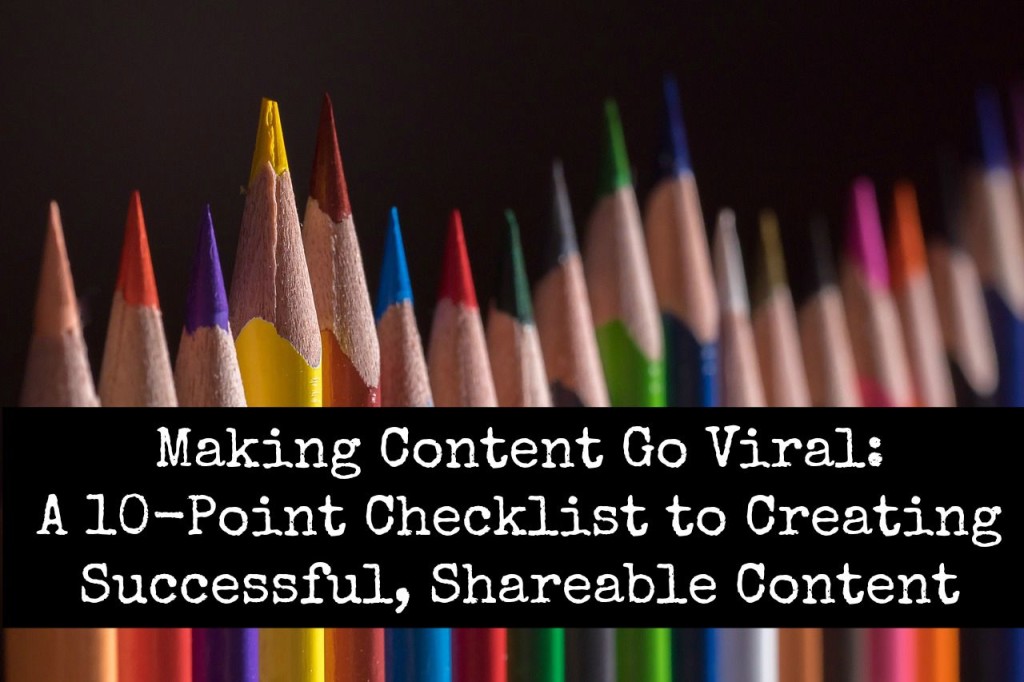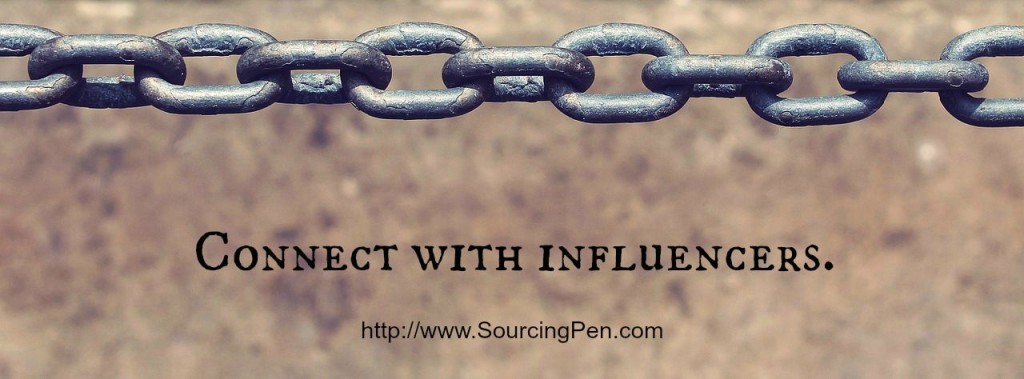 In a study conducted by content marketing agency Frac.tl, VP of Marketing Kelsey Libert lists down the most common elements that make content go viral:
In a study conducted by content marketing agency Frac.tl, VP of Marketing Kelsey Libert lists down the most common elements that make content go viral:
- Content must be highly evocative. The more complex the emotional effect, the wider the range of emotional reactions, the better.
- Content that inspires positive emotions such as joy, awe, surprise, humor, interest, and inspiration are more likely to be shared. Other intense emotions such as anger, fear, and anxiety aren’t far off the mark, either.
In a research paper jointly authored by Jonah Berger, marketing professor at Wharton School of Business, with Katherine Milkman, James G. Campbell Jr. assistant professor at the Wharton School at the University of Pennsylvania, virality also entails that:
- Content must be practically useful.
These prevailing elements of viral content make important strategy guidelines for this 10-point checklist for creating shareable content:
#1. Have an established target audience
Know your target audience. Research questions they want answers to. Search trending questions and topics through tags in Quora, Google+, Twitter, Reddit, Tumblr, and other social media sites.
#2. Craft more interactive content
If there is one thing that will guarantee organic sharing, especially in social media, it is user participation:
- Articles encouraging debates between experts or user-participated discussions about a hot topic are particularly effective at generating shares.
- Polls, quizzes, and reader-generated lists also appeal to most web audiences.
#3. Keep topic relevance and timeliness in mind
Posting three weeks after the heat of the issue is useless if you’re trying to get your content noticed. The same goes for posting when most people are occupied about other, bigger seasons (Black Friday, Independence Day, Christmas, the Oscars, and so on).
On the other hand, riding on current trends is a smart strategy. Tie your product, topic, or service to things that are in season and post them during peak online activity times according to location.
It may seem like a ton of work, but there are automated marketing tools for those, such as:
#4. Create effective headlines
Engage and stimulate questions immediately with your headline. Appeal to people’s curiosity with the beginning tagline.
As Katherine Libert was quoted on Inc.com, you must “draw in an audience quickly and make them understand what the content is about before they lose interest.”
So make sure your headline is straight to the point, and instantly titillates instead of confuse.
Importantly, never mislead. Give your reader exactly what you’re offering.
#5. Utilize technology effectively
- Construct effective meta descriptions. Use the right keywords, tagging, hashtags, and so on to make your content easier to categorize and find by the search engines.
- Automate what you can. Use Google Keyword Planner to search for relevant keywords, or Hashtags.org to track hashtags.
- Delegate where you can. Use collaboration tools like Trello or Slack for team communications.
#6. Make content readable
- Avoid verbose copy. Web content is best for skim reading. Put longer, more detailed content elsewhere.
- Break down the essentials of your article into more readable news bites and shorter paragraph chunks. Link to lengthier content for those interested on exploring the topic further, without imposing on those who prefer to just skim.
#7. Utilize multimedia skillfully
Captivate your audience with vivid media. Visual, interactive, multimedia content that your audience can actively experience and participate in makes your content more memorable.
Use eye-catching, high-quality photos and videos in your content. Study which compositions, themes, and palettes work best for your visuals, which length works best for screen or audio presentations, and which words and music resonate the most with your audience, among other things.
Include mini-games, puzzles, and polls. Utilize interactive maps, reenactments, and games. The BBC’s interactive historical maps, tours, and games about the World Wars and other historical events are a good example of skillful multimedia usage.
If applicable, use background music to evoke emotional underpinnings but be careful not to overdo it.
#8. Provoke an emotional response
Remember that you’re writing for people, and to get people interested, you have to appeal to their emotions.
Study your tone of voice. Is it:
- engaging,
- thought-provoking,
- encouraging,
- sarcastic,
- an honest review,
- or aggressive selling?
Establish a voice consistent with your goals.
Tell an engaging, thought-provoking, emotionally charged story. Make it personal. Make it about lifestyles, and appeal to people’s curiosity.
#9. Keep it simple and easy to share
Utilize easily noticeable and accessible social media buttons. Shorten lengthy links and make sure all buttons and links are working. Optimize your content for mobile users.
Avoid excessive advertising, especially splash page advertising, irrelevant videos, or audios on autoplay.
A page infused with so much content may take time to load, so make sure everything on your page has a unique role to fill and that all media included is relevant to your topic.
#10. Follow a solid seeding strategy
- Utilize marketing automation tools to make promoting your content much easier.
- Track the performance of your content – how shareable it is, the times when shareability peaks, and the delivery channels that are most effective. This way, you have the requisite data to more effectively tweak and improve your strategy.
- Connect with influencers who might be interested in “sponsoring,” “sharing,” and “promoting” your content. Arrange some sort of cross-deals with them or engage in conversations that may eventually land you a recommendation.
Another instantly effective option, but only if you have the budget for it, is to look into paid promotion via platforms like:
- Outbrain
- Gawker
- Upworthy
- BuzzFeed
… and others through sponsored content, banners, and so on.
Conclusion
Viral content creation means breaking through scores of exhaustive online content so you become top-of-mind with your target audience. There is something about the power of the “pulse” or the “consciousness” of the masses, and it pays to create and distribute irresistibly shareable content.
If you ever hope to sell anyone an idea, brand, product, persona, or anything at all, creating shareable content that can go viral is one major step in the right direction.
__________
If you need help writing content or editing your articles, contact us today so we can discuss how we may be able to assist you. We’ve already written hundreds of articles for both online and offline publications.
We also offer ghostwriting services. Some of the pieces we’ve ghostwritten appear on Yahoo, Huffington Post, and Forbes.com.
Hazel Mae Pan
Latest posts by Hazel Mae Pan (see all)
- Making Content Go Viral: A 10-Point Checklist for Creating Successful, Shareable Content - September 7, 2015
- Build Your Own Ecommerce Site: 11 Execution Tools and Design Inspiration Sites - February 18, 2015
- Social Media Management: 4 Tools to Keep in Your Toolbox - January 19, 2015
- Casual PM – Uncomplicated Visual Project Management Tool That Gets the Job Done - October 4, 2014
- How to Remain a Timeless Influencer in the Era of Content Fatigue - May 17, 2014







Leave a Reply